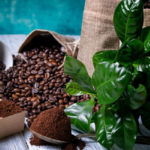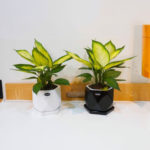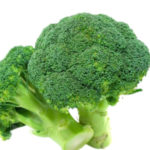Indoor plants not only enhance the beauty of your living space but also contribute to a fresher atmosphere. While many people appreciate the aesthetic and feng shui values of these plants, it is important to be cautious, especially if you have young children, as some indoor plants can be toxic. Here are some common toxic indoor plants and their potential hazards:
Pothos (Devil’s Ivy) – Ingestion may lead to speech impairment
Pothos, also known as Devil’s Ivy, contains toxins that can affect the mouth and tongue. Its attractive heart-shaped leaves make it a popular choice for home decor and it is believed to bring good fortune. However, if you have children, it is crucial to keep this plant out of their reach as it contains oxalic acid. Ingestion may cause mouth blistering and other symptoms such as a burning sensation in the mouth and throat, diarrhea, hoarseness, drooling, nausea, vomiting, pain while swallowing, and swelling of the mouth and tongue. In case of accidental ingestion, rinse the child’s mouth with cold water and seek immediate medical attention if symptoms persist or worsen.
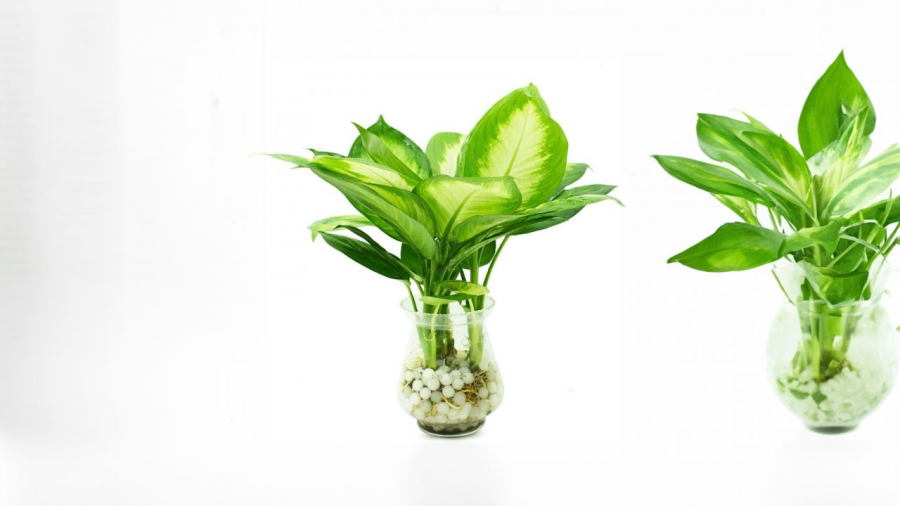
Pothos: Beautiful but Toxic
Caladium (Angel Wings)
Caladium, also known as Angel Wings, features stunning pink and green leaves, but it shares the same toxicity as pothos due to the presence of oxalate crystals. It can cause irritation to the eyes and skin.
Symptoms of ingestion include a burning sensation in the mouth or throat, swelling, blistering of the mouth and tongue, hoarseness, difficulty speaking, nausea, vomiting, and diarrhea. If the sap comes into contact with the eyes, it may cause eye pain and damage to the cornea.
Oleander (Nerium oleander)
Oleander is a beautiful plant with showy flowers, but it is highly toxic and can be deadly to both humans and animals. All parts of the plant contain toxins, so keep it away from children and pets, and ensure that fallen leaves or flowers do not contaminate fish ponds or other water sources.
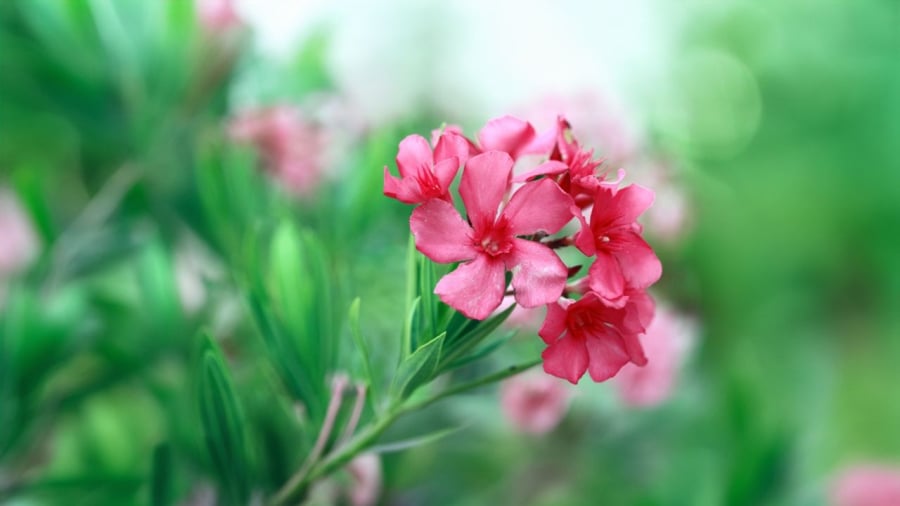
Oleander: Deadly Beauty
Anthurium (Flamingo Flower)
The Anthurium, with its vibrant colors and heart-shaped leaves, is a popular choice for many. However, if ingested, it can cause a burning sensation, swelling, and pain in the mouth, as well as difficulty swallowing and hoarseness.
Datura (Devil’s Trumpet)
Datura, also known as Devil’s Trumpet, has beautiful hanging flowers, but it is highly toxic and can cause hallucinations. Keep children and pets away from this plant at all times.
Amaryllis (Belladonna Lily)
The Amaryllis, with its stunning flowers and a name linked to a sad legend, is toxic, especially its bulbs. Exercise caution when planting and ensure children and pets do not come into contact with any part of the plant.
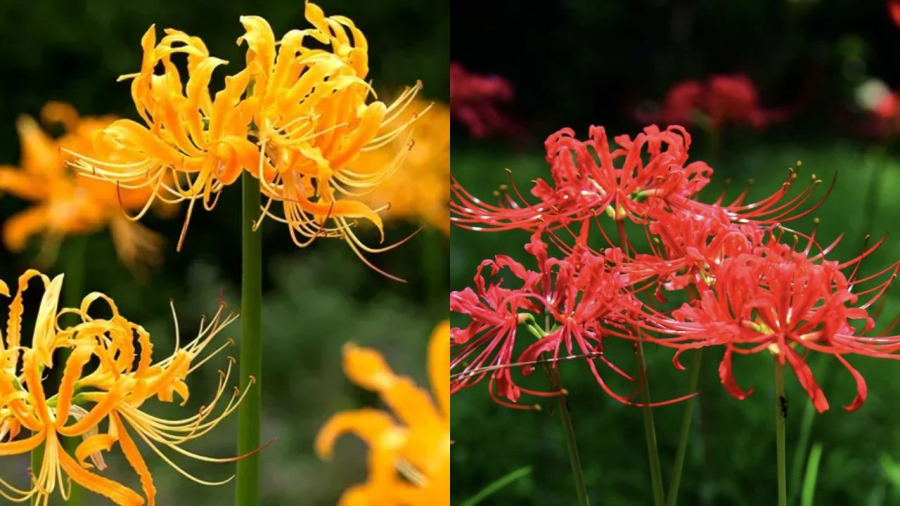
Amaryllis: Beauty with a Bite
Split-leaf Philodendron
The Split-leaf Philodendron, with its large, attractive leaves, is another popular houseplant. However, it also contains oxalate crystals and can cause eye and skin irritation.
Golden Rain Tree (Koelreuteria paniculata)
The Golden Rain Tree is a beautiful plant, but its flowers and fruits are toxic. Keep children and pets away from this plant to avoid any accidental ingestion.
Lucky Bamboo (Dracaena sanderiana)
Lucky Bamboo, with its white, milky sap, can cause irritation and burning sensations if it comes into contact with the eyes or mouth. Ingestion may lead to a compromised immune system.
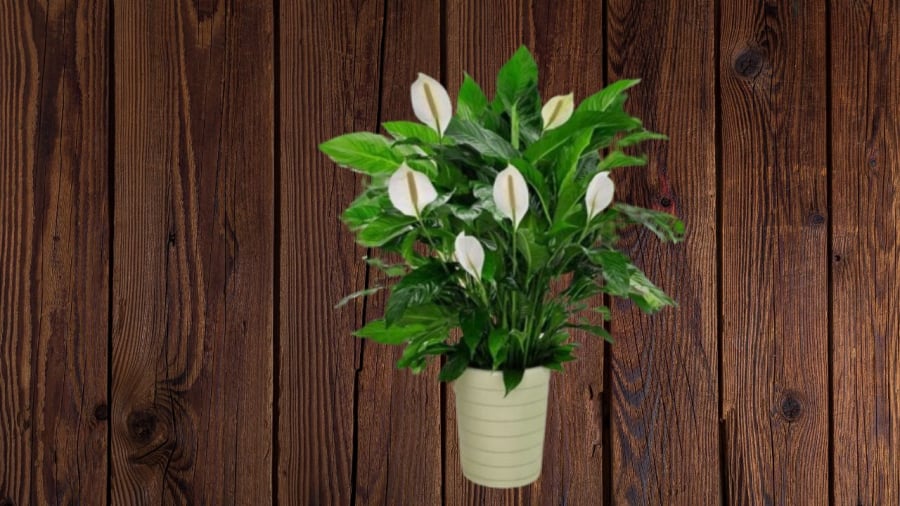
Lucky Bamboo: Luck with Caution
Peace Lily (Spathiphyllum)
The Peace Lily, with its white flowers and heart-shaped leaves, is a common houseplant. However, all parts of the plant are toxic, so keep it out of reach of children and pets.
Money Plant (Crassula ovata)
The Money Plant, also known as Jade Plant, is a popular indoor plant, but its leaves, stems, and roots are toxic. Ingestion may cause immediate pain, a burning sensation, and swelling of the lips, mouth, tongue, and throat.
If you have any of these plants in your home, educate your children about their toxicity and keep them out of reach, just as you would with electrical outlets. Alternatively, consider placing them in areas that are inaccessible to young children.

























